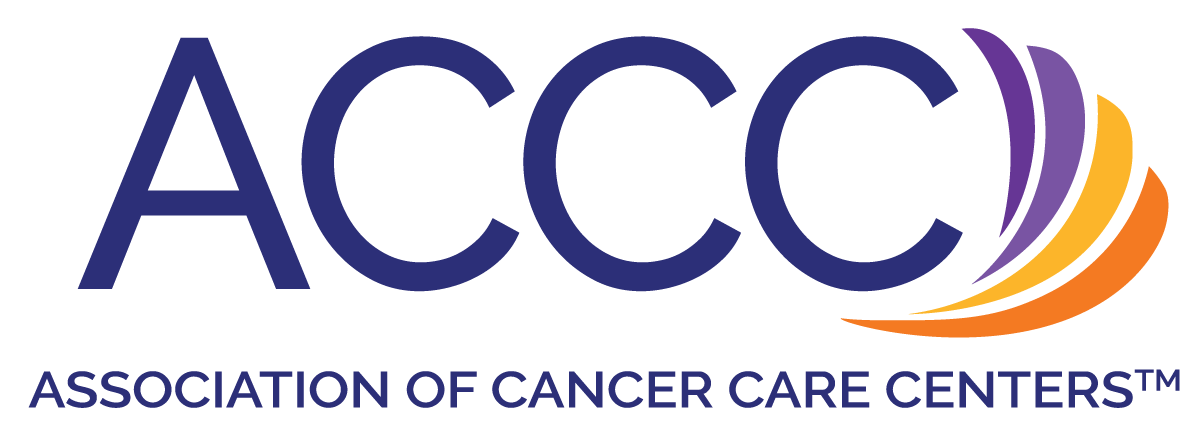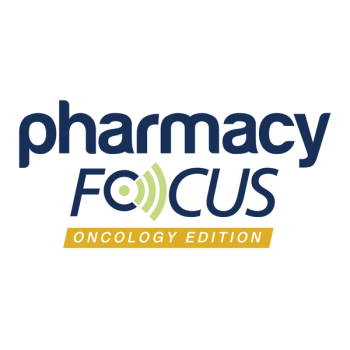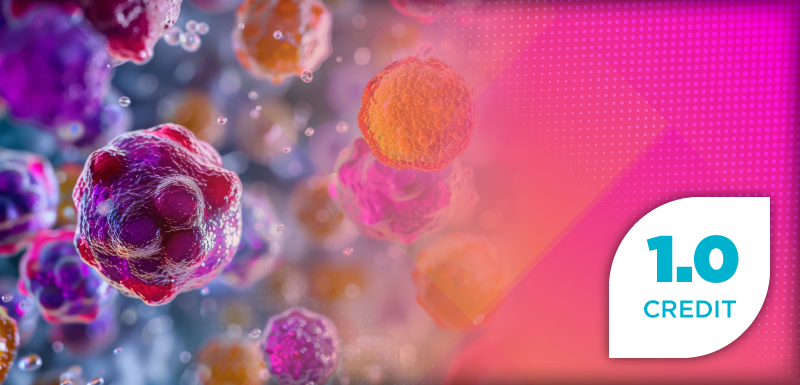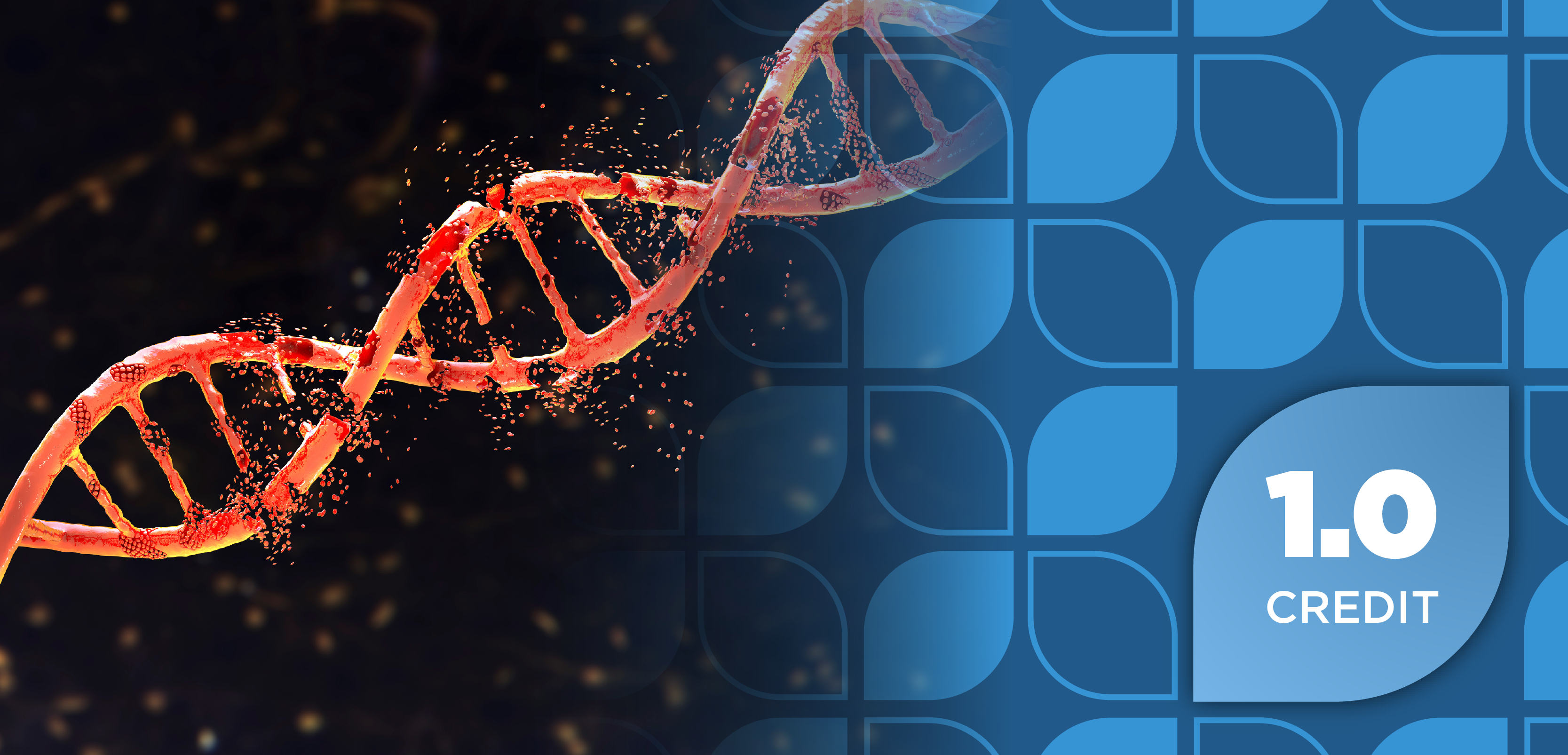
Patient-Centered Management of Dermatologic Toxicities in Oncology: Insights From Cynthia Ryan, PharmD, BCPS

Cynthia Ryan, PharmD, BCPS, discusses practical, evidence-based strategies for pharmacists to identify, prevent, and manage dermatologic toxicities associated with cancer therapies, emphasizing interdisciplinary collaboration, patient education, and proactive supportive care to improve adherence and outcomes.
Pharmacy Times® interviewed Cynthia Ryan, PharmD, BCPS, a clinical oncology specialist, ambulatory at the University of Colorado Hospital Pharmacy, on the Association of Cancer Care Centers (ACCC)'s
Pharmacy Times: What are the most commonly encountered dermatologic toxicities associated with specific anticancer agents?
Cynthia Ryan, PharmD, BCPS: The following are some examples of the most commonly encountered dermatologic toxicities of specific anticancer agents:
- Immunotherapy is commonly associated with rash and itching;
- Liposomal doxorubicin, capecitabine, and oral VEGF inhibitors can be associated with hand-foot syndrome (HFS), also known as palmar plantar erythrodysesthesia (PPE);
- EGFR inhibitors and trametinib (Mekinist; Novartis), when used as a single-agent treatment, are commonly associated with acneiform rash;
- EGFR inhibitors are also associated with mucositis;
- Many anticancer treatments are associated with alopecia.
Pharmacy Times: What clinical tools or scales are recommended for assessing the severity of dermatologic AEs?
Ryan: National Cancer Institute’s Common Terminology Criteria for Adverse Events is recommended for grading dermatologic AEs associated with anticancer therapy. There are also quality-of-life (QOL) scoring tools, such as Skindex-16, to assess the effect of dermatologic toxicities on patient’s QOL.
Pharmacy Times: How can pharmacists collaborate with dermatologists to optimize management of dermatologic toxicities in oncology patients?
Ryan: Dermatologists are a great expert resource to help manage dermatologic toxicity. When referring patients to dermatology for management, it is important to communicate and document the toxicity in the electronic health record (EHR) in addition to any management modalities that have been effective or ineffective. It is also often helpful to record any pictures of the specific reaction in the EHR to document progression and resolution.
Pharmacy Times: What are the best evidence-based topical or systemic therapies for managing common toxicities, such as hand-foot syndrome, rash, or pruritus?
Ryan: For the prevention of EGFR inhibitor–related rash, evidence supports using hydrocortisone 1% cream, sunscreen, and doxycycline or minocycline for the first 6 weeks of treatment. For treatment of EGFR rash, there are data supporting the use of medium to high-potency steroid cream as well as doxycycline or minocycline. Topical steroids and oral antihistamines can be used to treat pruritus associated with EGFR rash. There is some limited evidence that support the use of gabapentinoids for treating pruritus refractory to antihistamines. Urea is an evidence-based topical option for HFS prevention.
There are also data to support using topical diclofenac to prevent capecitabine-associated HFS. For treatment of HFS, topical steroids are an option. For rash from immunotherapy, oral and or topical steroids are used for treatment. Rash from immunotherapy is treated with topical and/or oral steroids. Pruritus associated with immunotherapy can be treated with oral antihistamines, topical and oral steroids, and in severe or refractory cases, gabapentinoids or aprepitant.
Pharmacy Times: How do dermatologic toxicities impact patient adherence to cancer treatment regimens, and what pharmacist-led interventions can mitigate this?
Ryan: Patients may become nonadherent to treatment if they experience dermatologic toxicities, especially if these are in a more cosmetically sensitive place like the face. This is why pharmacist-provided education of the early identification, prevention, and treatment of these toxicities is paramount. Pharmacists can also help ensure adherence by performing early and routine toxicity and adherence assessment.
Pharmacy Times: Are there preventive strategies or prophylactic treatments pharmacists can recommend to reduce the incidence or severity of dermatologic toxicities?
Ryan: In addition to the modalities mentioned above, patients being treated with an EGFR inhibitor should be counseled on general skin care recommendations: avoid frequent washing with hot water, use tepid water when bathing, washing hands or washing dishes; avoid antibacterial soap or soaps with perfumes or dyes; avoid OTC antiacne agents such as retinols or salicylic acid; use sunscreen with SPF of 30 or higher and reapply every 2 hours; and avoid excessive exposure to the sun. Patients can also be advised to use a heavy cream or ointment moisturizer twice daily. Patients who are at risk of developing HFS/PPE with use of VEGF inhibitors, capecitabine or liposomal doxorubicin should be advised to moisturize hands and feet well and avoid activities that expose the hands and feet to excessive heat and friction.
Pharmacy Times: What are the key considerations in educating patients and caregivers about dermatologic toxicity symptoms and when to seek medical attention?
Ryan: Patients and caregivers should receive education prior to treatment initiation on preventive measures and performing routine at-home assessments for dermatologic symptoms such as rash, HFS, and mucositis. They should also be counseled on contacting their health care team should they develop dermatologic toxicities so that assessment, grading, and management can be performed. They should be educated on the symptoms of less common but more severe skin toxicities that require more urgent intervention such as drug reaction with eosinophilia and systemic symptoms, toxic epidermal necrolysis, or Stevens-Johnson Syndrome symptoms.
Pharmacy Times: How should pharmacists adjust supportive care plans for dermatologic toxicities in long-term survivors vs those undergoing active treatment?
Ryan: Patients on EGFR inhibitors are most likely to experience acneiform rash within the first month of treatment; therefore, the recommendation for preventive hydrocortisone cream and doxycycline is typically for the first 6 weeks. For long-term survivors, hyperpigmentation from previous inflammatory EGFR-associated rash may be a concern, highlighting the importance of preventive measures and appropriate treatment throughout EGFR treatment. Long-term survivors who have received immunotherapy will require monitoring for dermatologic toxicities after treatment concludes.
Pharmacy Times: What role do patient-reported outcomes (PROs) play in identifying and managing dermatologic AEs, and how can pharmacists support their integration?
Ryan: Pharmacists can use PROs as part of the assessment, grading, and appropriate management of dermatologic toxicities. Especially in the setting of a toxicity check performed over the phone, PROs can be key in early identification and management of dermatologic toxicities. Some EHR platforms allow patients to submit photos of reported dermatologic changes, which can also aid in the identification and management of these toxicities.
Pharmacy Times: What training or resources (like those from ACCC) are available for pharmacists to stay updated on managing dermatologic toxicities in oncology?
Ryan: Multinational Association of Supportive Care in Cancer has practice guidelines for the prevention and management of dermatologic toxicities associated with EGFR inhibitors. European Society for Medical Oncology has practice guidelines for the prevention and management of dermatologic toxicities associated with anticancer agents. Additionally, National Comprehensive Cancer Network, Society for Immunotherapy of Cancer, and American Society of Clinical Oncology have guidelines for the management of immunotherapy-related dermatologic toxicities.
Newsletter
Stay informed on drug updates, treatment guidelines, and pharmacy practice trends—subscribe to Pharmacy Times for weekly clinical insights.


























































































































































































































